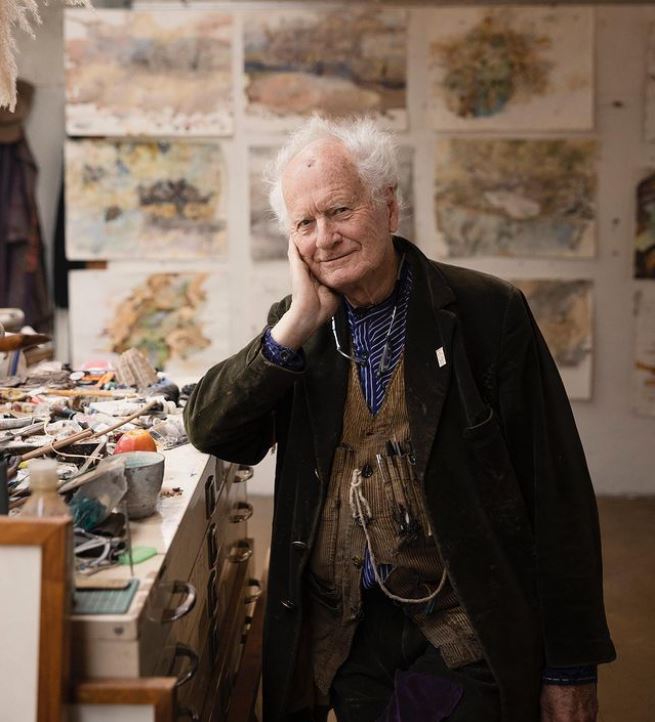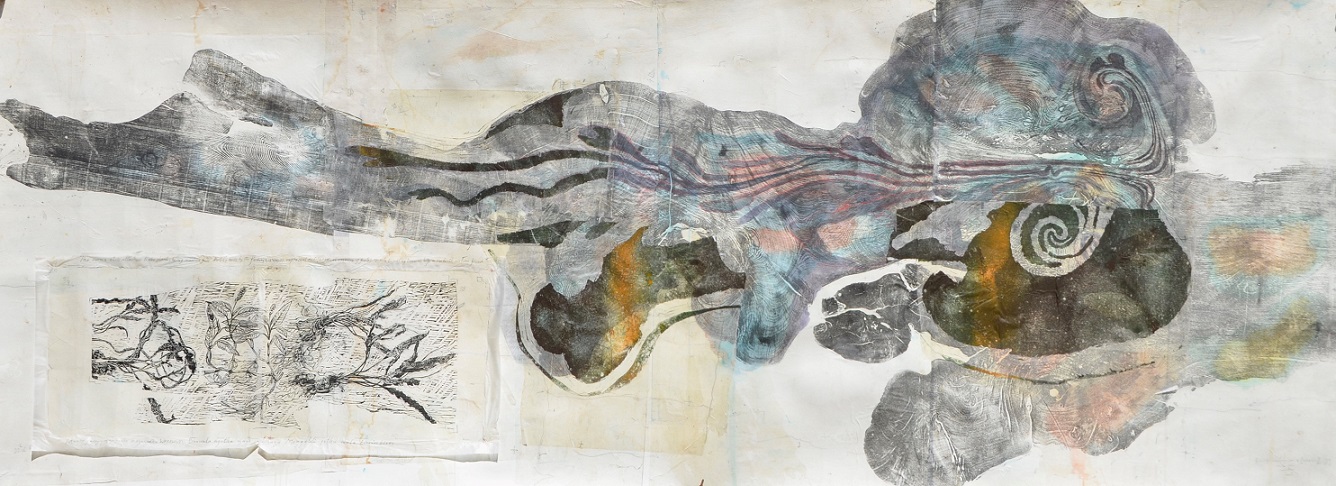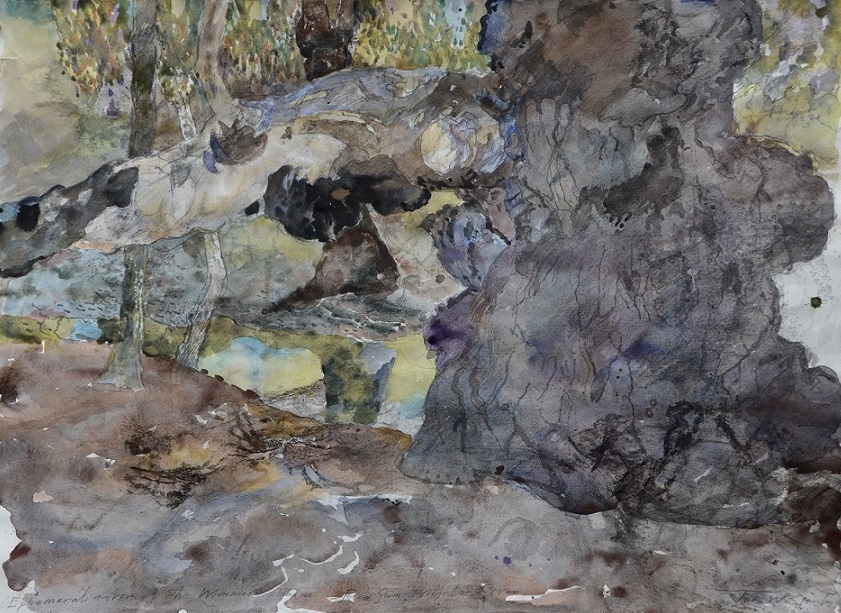John Wolseley – Feature in Artist Profile
In News November 9, 2022

Preeminent landscape painter and printmaker John Wolseley has been interviewed in his studio by Elli Walsh and published in Artist Profile Issue 61.
“There is something decidedly circulatory about his work – respiratory, even – with each ventifact breathed in and out by the land, riding the ripples of its heartbeat.”
For Artist Profile 61, Principal Writer Elli Walsh spoke with the inimitable John Wolseley ahead of solo exhibitions with Australian Galleries, Melbourne, and Roslyn Oxley9 Gallery, Sydney. In her essay, Walsh delves into Wolseley’s collaborations – both with other artists, including Mulkun Wirrpanda, and with nature itself – his childhood and flight from England in 1976, and his extensive library of scientific, philosophical, and poetic texts.
You can find Walsh’s article in Artist Profile 61 in bookstores, newsagents, gallery shops, and art supply stores – or order it for delivery via this link.
Australian Galleries is thrilled to announce John Wolseley’s forthcoming solo exhibition in Melbourne
22 November – 10 December 2022.
Please email enquiries@australiangalleries.com.au for further information.

Over the last three years John Wolseley has been following the water courses of the Wimmera in Victoria – the Banyena/Richardson and the Kurakibiyal/Avon rivers.
He has moved between the ephemeral pools – painting them as he goes – often bivouacking overnight, He has carried etching plates in his rucsac on which he has inscribed birds fish and water insects. On several of these copper plates he had already drawn various insects and plants as he was documenting the ‘chain of pond systems’ on Bibberinga farm in the Riverina. He was then making work for the Earth Canvas show celebrating regenerative farming which will end its tour of regional galleries at the Museum of Australia in August 2022.
John says that his interest in aquatic insects and especially Mayflies can be traced back even further to his teenage years and his obsession with fly fishing. Hence the names of the insects one can see in these etchings – Pale Morning Duns, Blue winged Olives and Green Drakes – reflect the times he spent as a boy tying those imitation flies as he followed the watercourses and chalk streams of the West Country in England.


